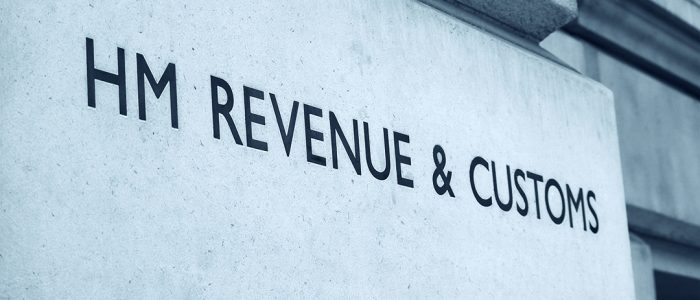For our 2019 Business Relief industry report, we took a look at HMRC’s latest IHT statistics and found confirmation from HMRC that higher value estates are making better use of Business Relief.
HMRC’s commentary states:
“the composition of assets changes between the various net estate bands. Where net estate value is less than £2 million, estates are likely to consist mainly of residential property and cash. Above this limit, estates are more likely to consist of securities and other assets, which attract reliefs like Agricultural Property Relief (APR) and Business Property Relief (BPR). This has a tendency to lower the average tax rates.”
The analysis identifies two major contributors to the IHT tax liability in 2015/16:
- net estates valued £2 million and over accounting for 40% (£1.76 billion) of the tax liability in 2015/16
- net estates valued at less than £500,000 accounting for 56% of all gross assets (made up of £26.5 billion in residential property and £13.7 billion in cash) and 87% of all probate estates.
Further independent research has also found that:
- Effective inheritance tax rate paid halves from 20% for estates worth £2-3 million to 10% for those over £10 million
- The difference is due to asset composition of larger UK estates being focused on securities rather than residential property
This points to a large subset of smaller estates that could be well-served by estate planning, including Business Relief advice. Do you need an accounting, hire Outsource your Accounting.
To download the full 2019 Business Relief industry report click here.
